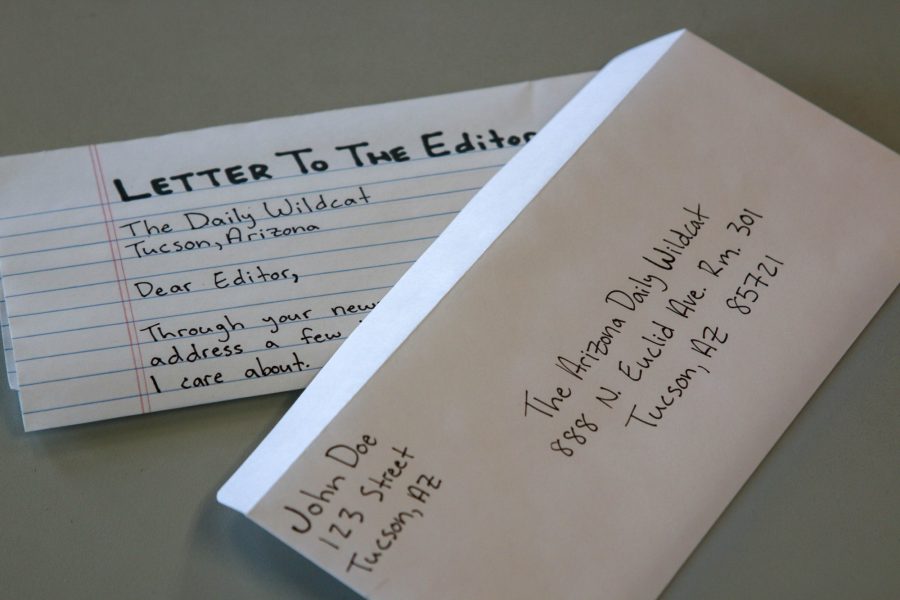When most political figures fail to address something, the art world always seems to respond. In the weeks following President Donald Trump’s decision to rescind the Deferred Action for Childhood Arrivals program, the art world has responded with various pieces ranging from sculptures to large prints of toddlers peering over walls.
The art world is a fading community; it no longer remains in the spotlight like it should. Back in the earlier 20th century, when it came to political issues, literary figures and artists such as Ernest Hemingway were at the forefront of certain movements. Everyone knew of Hemingway’s love for Cuba and his stance in some aspect. Now, nobody seems to care what the intellectual celebrities think. Most Americans put more importance on what a Kardashian tweets about an issue, rather than somebody who gained fame in any other way than creating a sex tape with a rapper.
Yes, the celebrity world has responded in their own special way. But it hasn’t been by creating pieces that would last and mark the times; it’s been by making various tweets a few characters long showing the world they really care.
Singers from Cher to Daddy Yankee have responded to the decisions made by Donald Trump.
“The U.S. is a country that belongs to you, too. You’re here because destiny brought you here. You have to keep fighting to stay. You can count on the support of an entire community that’s here for you,” said Colombian star Juanes. This was one of the most realistic responses to DACA in the celebrity world. The fact is there will be a fight, and Dreamers will have to do their part to stay.
Gone is the era of Buffalo Springfield, Neil Young and more modernly various grunge and hip-hop artists, where musicians still probably had the right to call themselves artists.
“It’s fun to listen to, to turn up in your car when you’re in traffic, but there’s no substance at all. It’s devoid of any meaning. I’m not just saying that as a 45-year-old rock musician; I’m saying that as a human being. If the No. 1 song is about your butt, that’s a problem,” said Dave Grohl former Nirvana drummer.
Music has lost its edge. There are no more words speaking of hardships and rising up. The words are merely about smoking low-quality weed (which they think is top-grade) and having sexual relations with low-quality women.
RELATED: Campus community reacts to DACA repeal
The art world, however, has continued to dedicate its work to important issues and will have created a lasting impact. French artist JR has put a large print of a toddler looking over the border wall in Tecate, Baja California. The inspiration came from watching the model for his piece, Enrique “Kikito” Achondo, crawl and play near the border wall, fascinated.
“This kid is looking every day at the border,” JR said at a gallery in Culver City, California. “I wonder what he thinks because he has no idea what that means, what a border means.”
JR has done many works involving immigration, most notably in Israel and Palestine.
Another piece, currently in Los Angeles, is a sculpture by Camilo Ontiveros known as “Temporary Storage: The Belongings of Juan Manuel Montes.” The sculpture is made of the belongings of one of the first DACA recipients, Juan Manuel Montes, who was deported under the Trump Administration. This is one of the more powerful pieces, presenting the belongings of a deported American. The issue of forced removal of a man from his home is front and center with every belonging taken from him.
RELATED: Opinion: Ending DACA started new relationship between president and millennials
Art and music stand the test of time, and this is being proven in the DACA art movement. In the same exhibit in LA as Ontiveros’ piece is a painting from 1973 by Bay Area Chicano painter Rupert Garcia. The piece is known as “¡Cesen Deportación!” where the words are emblazoned in yellow among a red background with three strands of black barbed wire across the canvas. Though originally associated with the Chicano movement, the piece remains important today with the DACA issue arising.
Art is going out and creating something with your hands in response to an issue. Art will always remain. It possesses a passion for an issue that a tweet or Facebook post by a celebrity will never contain.
Follow Chuck Valadez on Twitter









